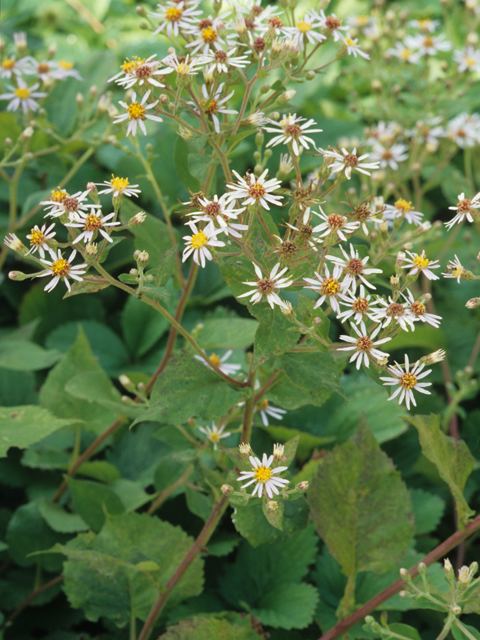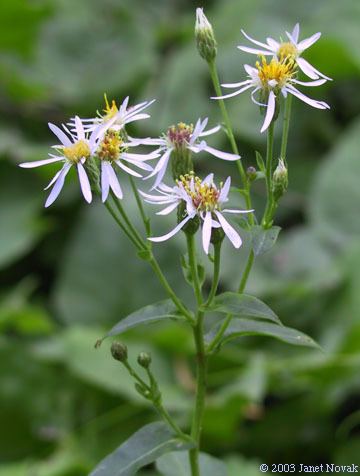Tribe Astereae Rank Species | Genus Eurybia Higher classification Eurybia | |
 | ||
Similar Eurybia, Eurybia divaricata, Symphyotrichum cordifolium, Symphyotrichum lateriflorum, Daisy family | ||
Eurybia macrophylla, commonly known as the bigleaf aster, large-leaved aster, largeleaf aster or bigleaf wood aster, is an herbaceous perennial in the composite family that was formerly treated in the genus Aster. It is native to eastern North America, with a range extending from eastern and central Canada (from Nova Scotia to Manitoba) through the northeastern deciduous and mixed forests of New England and the Great Lakes region and south along the Appalachians as far as the northeastern corner of Georgia, and west as far as Minnesota, Missouri and Arkansas. The flowers appear in the late summer to early fall and show ray florets that are usually either a deep lavender or violet, but sometimes white, and disc florets that are cream-coloured or light yellow, becoming purple as they mature. It is one of the parent species of the hybrid Eurybia × herveyi.
Contents

Distribution and habitat
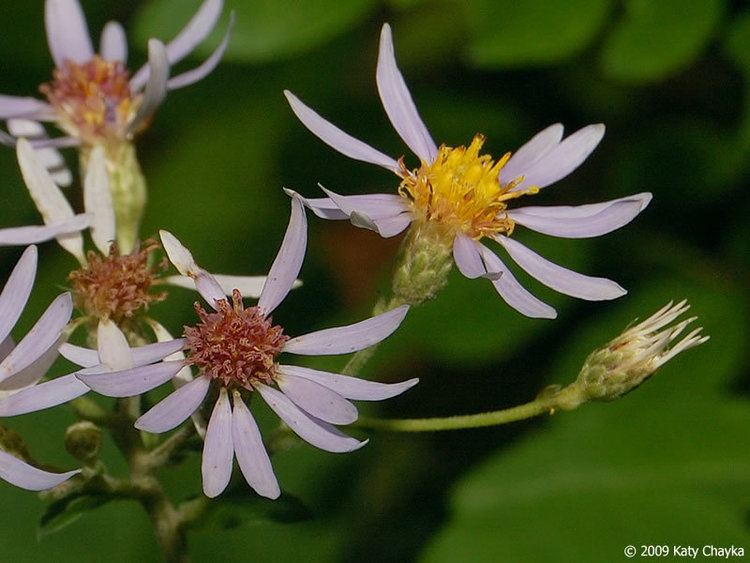
Eurybia macrophylla is native to the eastern United States and Canada. In the latter country it is common in Manitoba, Ontario, Quebec, New Brunswick, Nova Scotia, and Prince Edward Island. In the United States it can be found in all states east of and including Minnesota, Iowa, Illinois, Missouri and Tennessee. It may also be present in Mississippi. The plant has also been introduced outside of its native range into northern Europe. It is most often encountered at 0 to 1300 metre (0-4300 feet) elevations in moist to dry soils in association with hemlock-northern hardwood, beech-maple or pine forests, Appalachian spruce-fir forests, as well as with aspen, pine or open spruce woodlands. It can also be found in thickets, clearings or along shaded roadsides.
Uses
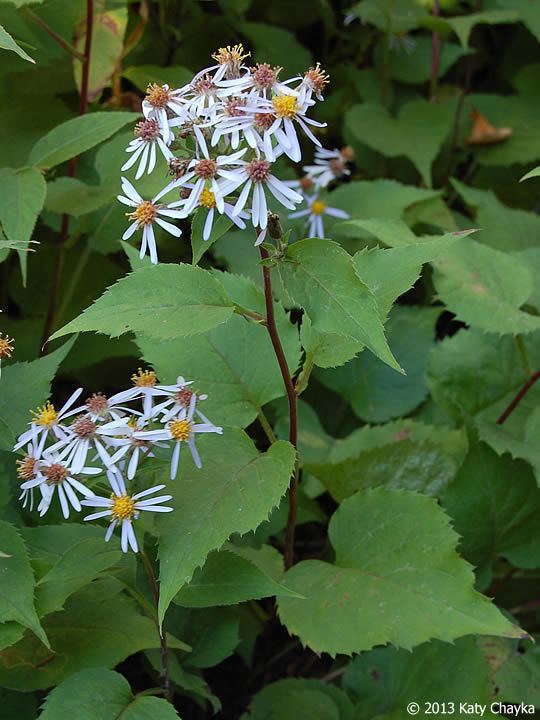
The large, thick young leaves can be cooked and eaten as greens. The Algonquin people of Quebec use the leaves in this way.
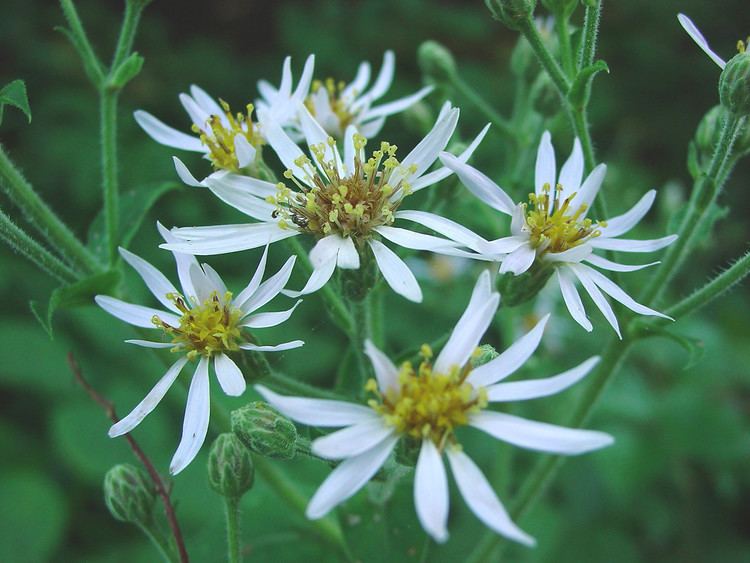
The Iroquois use the root as a blood medicine, and they also use a compound decoction of the roots to loosen the bowels to treat venereal disease. The Ojibwa bathe their heads with an infusion of this plant to treat headaches. They also smoke it as hunting charm to attract deer. They also consume the young leaves of the plant as both food and medicine, and they also use the roots to make soup.
